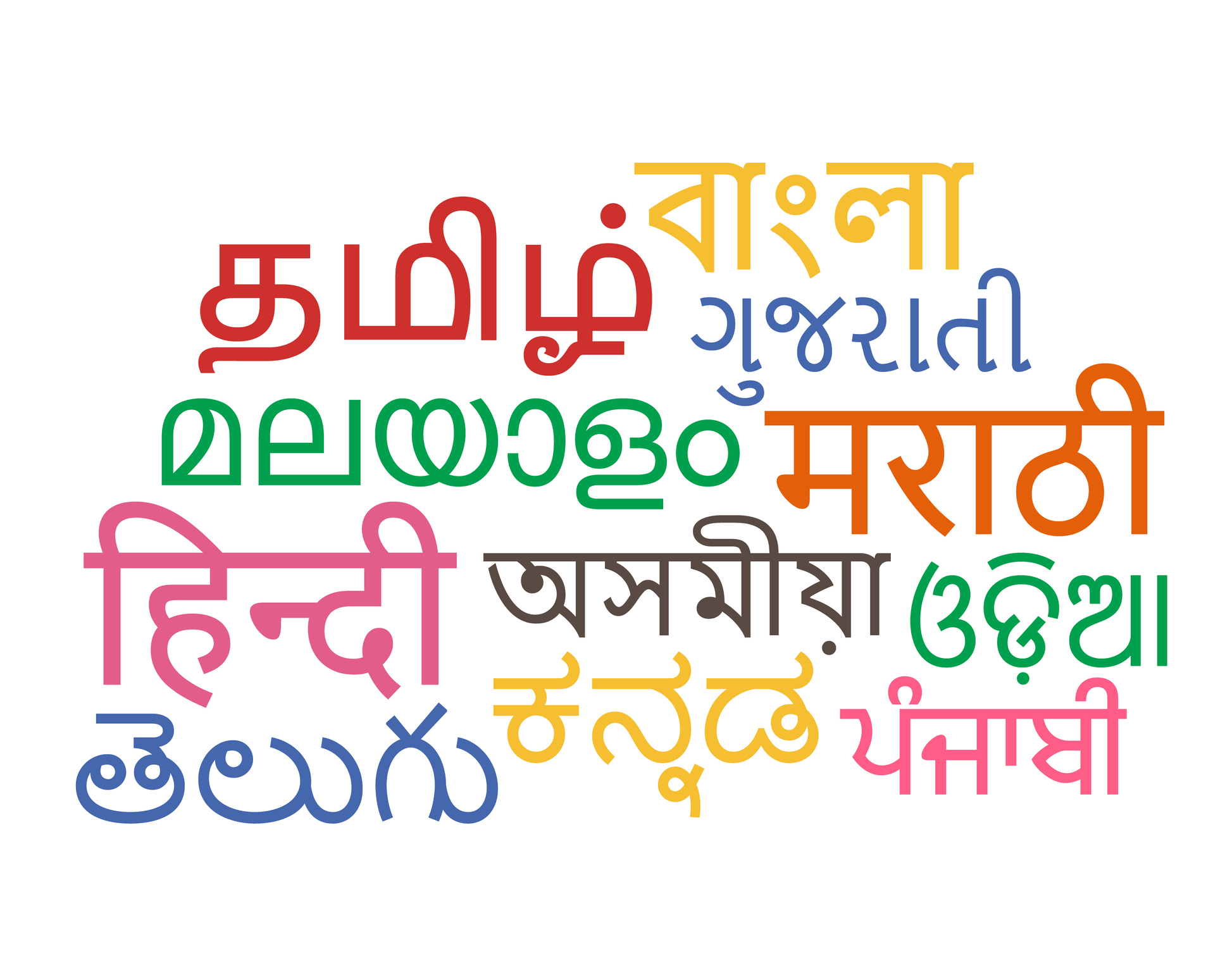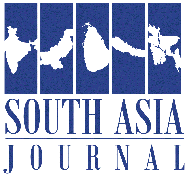
India’s linguistic diversity is one of its defining characteristics, yet the ruling Bharatiya Janata Party’s (BJP) push for Hindi imposition threatens to disrupt the country’s delicate linguistic balance. The National Education Policy (NEP) and the three-language formula have become tools of linguistic hegemony, triggering fierce resistance from non-Hindi-speaking states such as Tamil Nadu, Karnataka, Kerala, West Bengal, and Telangana. The debate over Hindi’s dominance is not merely about language; it is about cultural autonomy, federalism, and the right of states to preserve their distinct identities in the face of centralization.
The BJP’s implementation of the three-language formula is seen as an aggressive attempt to impose Hindi as the national lingua franca. Under this policy, students must learn Hindi alongside English and their regional language. However, this model disproportionately benefits Hindi-speaking states, where regional languages are neither encouraged nor reciprocated in school curricula. Non-Hindi states argue that they are being forced to adopt Hindi, while Hindi states continue to neglect languages like Tamil, Telugu, Bengali, or Kannada. The argument that Hindi is essential for national unity is flawed. Countries like Switzerland and Canada thrive with multilingual policies, ensuring equal treatment for all linguistic communities. By contrast, the BJP’s approach prioritizes Hindi at the cost of regional linguistic identities, creating tensions between the Centre and states.
Hindi imposition is not a new phenomenon. Tamil Nadu has a long history of resisting forced Hindi adoption. The anti-Hindi agitations of 1937 and 1965 demonstrated the state’s unwavering commitment to linguistic autonomy. When the Congress government attempted to impose Hindi in schools in 1937, widespread protests led to the policy’s reversal. Similarly, the 1965 anti-Hindi protests saw massive student uprisings, ultimately forcing the government to reconsider its stance. The DMK, a key regional party in Tamil Nadu, has consistently opposed any policy that undermines Tamil’s primacy in the state.
The BJP’s current Hindi-first policies have reignited similar resistance. Tamil Nadu Chief Minister M.K. Stalin has openly challenged the BJP, warning that any attempt to impose Hindi will be met with fierce opposition. Other states, such as Karnataka and West Bengal, have also raised concerns about the NEP’s language provisions, fearing a systematic marginalization of their regional languages. The Centre has not hesitated to use financial leverage to push its language agenda. Tamil Nadu’s recent standoff with the central government over the withholding of ₹2,152 crore in education funds underscores how language can be weaponized. The Centre has linked these funds to the state’s refusal to implement the NEP’s Hindi-inclusive curriculum, a move that critics see as coercive.
The BJP’s language policy is often framed as an attempt to unify India, but many see it as a form of ‘Hindi colonialism.’ Much like British colonial policies that sought to enforce English at the expense of indigenous languages, the BJP’s push for Hindi subjugates regional linguistic identities. The renaming of awards, the Hindi dominance in central universities, and the shift in official communication from regional languages to Hindi all point to a concerted effort to elevate one language above others.
This imposition also impacts the job market. Hindi-centric recruitment processes ensure that non-Hindi-speaking applicants are at a disadvantage. Similarly, central government initiatives disproportionately favor Hindi-speaking states, further entrenching linguistic inequality. In a country where economic disparities already run deep, linguistic discrimination exacerbates existing inequities. Non-Hindi states are increasingly pushing back against the BJP’s linguistic nationalism. Tamil Nadu has outright rejected the three-language formula, refusing to make Hindi mandatory in its schools. Karnataka has opposed Hindi signage in metro stations and government buildings, while Telangana has demanded fair treatment for Telugu in central institutions. West Bengal, under Mamata Banerjee, has consistently resisted attempts to dilute Bengali’s significance.
The BJP’s insistence on Hindi dominance is counterproductive. Rather than fostering national unity, it is deepening linguistic and regional divides. India’s linguistic diversity should be celebrated, not homogenized. A truly inclusive language policy would encourage reciprocal learning—if Hindi is to be taught in Tamil Nadu, then Tamil should also be taught in Uttar Pradesh. Moreover, central job exams and bureaucratic recruitment must be reformed to ensure equal opportunities for non-Hindi speakers. Language should be a bridge, not a barrier, in a country as diverse as India. The resistance from South and East India is a powerful reminder that India’s linguistic identity cannot be dictated by a single-party agenda. If the BJP continues its Hindi imposition, it risks alienating vast sections of the population. The path forward lies in embracing linguistic pluralism, upholding constitutional rights, and ensuring that India remains a country where every language and culture is given the respect it deserves.
